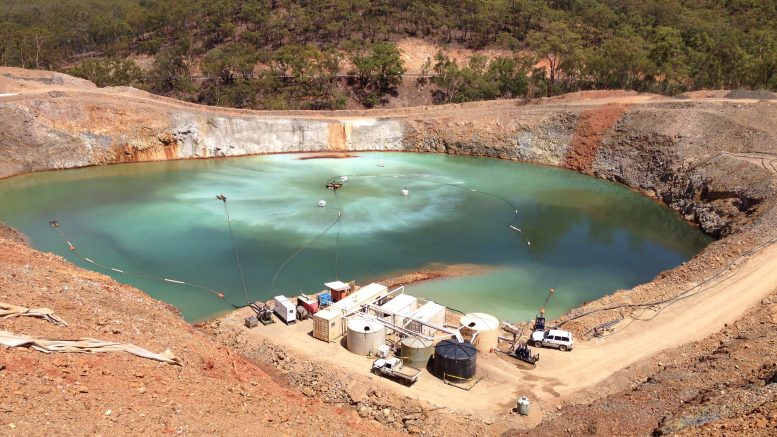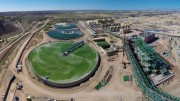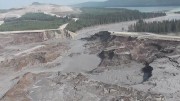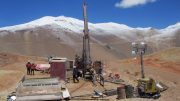Environmental responsibilities loom large over the mining industry, forcing mine operators, shareholders and regulators to minimize the impact of mines on the surrounding land and communities, and rethink water management.
Operators can improve traditional water-management practices by using recent advances in technology and data analytics and adopting designs that enable water-efficient mining in an era characterized by droughts, water-supply problems and aging water infrastructure.
Mining operations, most of which are in remote locations, often face the conundrum of too much or too little water. But the underlying principle guiding most water management programs is to keep water clean, which lowers the need to take action to lessen environmental impacts, which can be costly.
Over the past few years, mining companies have recognized the bottom-line benefits of effective water management, especially the value of lowering water dependency by reducing and reusing mine-created wastewater.
Building on advances in water-treatment technologies and expanding “fit-for-purpose” water use requires consuming the lowest quality water possible for each mining task. Elevating water quality from lower agriculture and industrial levels to higher potable standards requires considerably more treatment and cost, while using water treated to appropriately lower levels allows miners to cut costs and their dependence on freshwater supplies.
To take advantage of fit-for-purpose water, a mining company must distinguish its water needs and match them with varying water-quality requirements in what is often an unpredictable water supply. Mine operators should pinpoint areas in their plants where recycling and lower water quality are feasible and take steps to minimize or completely eliminate water sources that could potentially contaminate the environment.
Because mining companies do not necessarily specialize in water management, operators should consider partnering with water and wastewater professionals who could apply fit-for-purpose water use and identify improvement opportunities and suitable technologies.
Water availability and quality are often major constraints to mine development and production.
The impact of mining on our global water supply and environment can be controversial. However, these critical issues present the mining industry with opportunities to form new partnerships and engage community leaders.
Openness and transparency, combined with more environmentally responsible and technologically advanced water use and mining practices, are prerequisites to ease citizen concerns and safeguard water resources for future generations.
— Based in Kansas City, Missouri, Dennis Gibson is the chief technical officer for mining at Black & Veatch. Steven Truby is the practice lead for mine water management at Black & Veatch’s Denver office.
Headquartered in Overland Park, Kansas, Black & Veatch is a global leader in engineering, procurement and construction services for energy, water and telecommunications, with more than 100 offices worldwide. Visit www.bv.com for more information.






Be the first to comment on "Commentary: Mining industry should use less water"